Many people have heard of the terms oxidative stress, antioxidants and free radicals, but may not understand what they really mean. The process of oxidative stress can be difficult to comprehend, but a basic understanding is very important. Oxidative stress is a general term used to describe the steady state of oxidative damage in a cell, tissue or organ in the body. This damage can be caused by a molecule called a “reactive oxygen species”. Reactive oxygen species include particles called free radicals which are extremely tiny and can only be seen with very powerful microscopes.
A free radical is a molecule with one or more unpaired electrons in its outer orbital. In essence, a free radical is like a raging bull in a china closet…one can only imagine the damage that can be done to the surroundings! This molecule can damage your cells, organs, and contribute to disease and declining health. Because our bodies are continuously exposed to free radicals from external sources such as sunlight, radiation, pollution and toxins, they can often be the common pathway for a number of disease processes. For example, atherosclerosis is a complex process that leads to heart attacks and strokes by the blocking of our arteries with plaque. This plaque is a form of OXIDIZED fat. When free radicals react with lipids like cholesterol, it results in a toxic consequence known as lipid peroxidation. This is the same process that turns butter rancid when it is sits on your kitchen counter too long, so it is easy to understand how this would be unhealthy for your body.
To combat the damage from free radicals, we must next understand antioxidants and their role in the body. An antioxidant is a compound that PREVENTS oxidative damage. Their purpose is to facilitate a process known as free radical scavenging. They do this by transferring electrons to the unpaired electrons of the free radicals and rendering them harmless. Antioxidants are obtained via nutrients and essential elements in your diet. Some of them are simple molecules like vitamins E and C, selenium, zinc , while others are enzymes like superoxide dismutase, catalase and most importantly, glutathione. Glutathione, also known as the master antioxidant, is made from a combination of three simple amino acids —cysteine, glycine and glutamine.
There are more than 89,000 published medical articles highlighting the importance of glutathione in healthy body function and protection from oxidative stress. It is the most important molecule that you need to stay healthy and prevent disease. Yet, many people have never heard of it.
Glutathione recycles antioxidants, keeping them working in your body. It is also critical for your detoxification systems. Glutathione is a compound that contains sulfur chemical groups. Sulfur is a sticky molecule that is able to adhere to toxins and free radicals so that they can be neutralized and excreted from your body. When our bodies are exposed to excessive oxidative stress or toxins, glutathione levels can become depleted, no longer protecting us from free radicals and possible ensuing disease. Many people suffer from a genetic weakness whereby their bodies are unable to create the enzymes necessary to recycle glutathione. In my practice of 32 years, I have treated many people that have this genetic disorder. I find that these same patients are far more likely to complain of metabolic disorders including chronic fatigue, chemical sensitivity and fibromyalgia. Genetic testing is available to determine if you suffer from this inability to recycle glutathione.
There are several ways to boost your glutathione levels including dietary choices and nutritional supplements. Diets rich in sulfur containing foods like broccoli, onions, cabbage, garlic, cauliflower, kale and brussel sprouts, are a good start. Supplementing with the amino acids N-Acetyl-Cysteine, glycine, and methionine are also beneficial.
Many nutritionists also recommend a daily protein shake of undenatured whey protein which is a good source of these amino acids. Other nutritional supplements known to help boost glutathione levels include alpha lipoic acid, selenium, milk thistle, vitamins B6, B12 and vitamin C. Regular exercise is an important part of enhancing your antioxidant defenses.
If you suffer from unexplained fatigue, chemical sensitivity or have been told you have fibromyalgia, ask your doctor or healthcare provider about oxidative stress and possible low glutathione levels. Management of a complex health issue such as chronic fatigue requires a multitude of approaches. The answers for an individual patient may lie in new and emerging scientific information, and treatments once thought to be alternative. Talk to your doctor about the latest research that might benefit your health. Remember, proactive healthcare is the key to vitality and wellness.
Dr. John Dixon can be reached at the Natural Medicine Group 760.776.0022
Resources: 1) Free Radicals and Reactive Oxygen Species; Bulkley,2002; 2) Laboratory Evaluations for Integrative and Functional Medicine; Lord and Bralley,2008






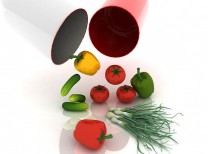






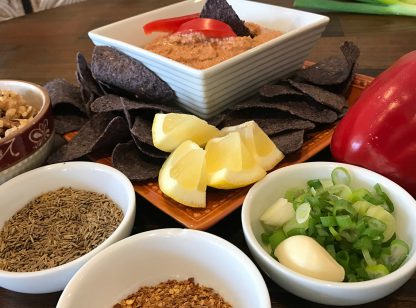
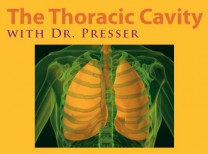
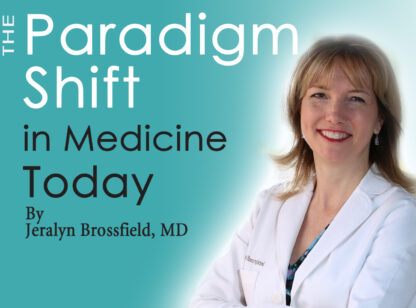
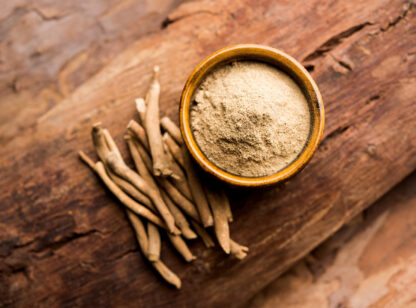

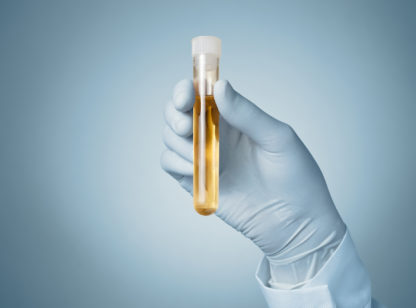




























Comments (2)
Dear Dr. John Dixon, Ref your article on Glutathione.
Quote “Glutathione is a compound that contains sulfur chemical groups ” Unquote.
Egg yoke also contains sulphur chemical, does it mean egg can also give benefit as Gluta-thione ??? kindly explain – Thanks
Glutathione is an antioxidant that is made up of three sulfur containing amino acids. Eggs are a good source of amino acids but not necessarily the best way to boost glutathione levels. Broccoli is the best food source for sulfur containing compounds.You may have to take glycine and N-acetyl cysteine as supplements to build up your glutathione reserves.